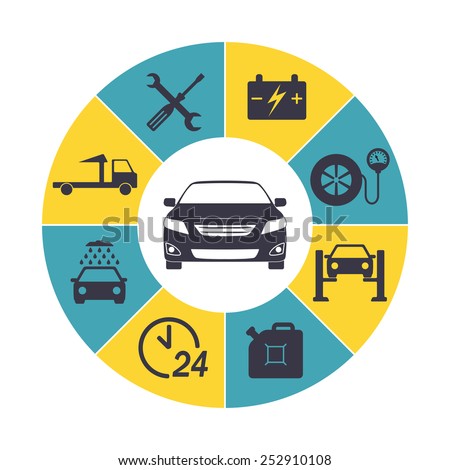Comprehending Your Car'S Warning Lights: What Do They Truly Mean?
Comprehending Your Car'S Warning Lights: What Do They Truly Mean?
Blog Article
Post Writer-Hartley Alvarado
When you lag the wheel, those beautiful warning lights on your control panel can be a little bit bewildering. Do you know what they're attempting to inform you about your cars and truck's health? Understanding the relevance of these lights is important for your security and the durability of your automobile. So, the next time one of those lights appears, would not you wish to analyze its message accurately and take the necessary actions to address it?
Common Caution Lighting and Interpretations
Identify typical caution lights in your auto and understand their definitions to ensure secure driving.
carinteriorcleaningnz of the most common caution lights consist of the check engine light, which signifies issues with the engine or exhausts system. If this light comes on, it's critical to have your vehicle inspected promptly.
The oil pressure cautioning light shows reduced oil stress, needing instant interest to avoid engine damage.
A flashing battery light might suggest a damaged billing system, possibly leaving you stranded otherwise dealt with.
The tire pressure surveillance system (TPMS) light alerts you to reduced tire stress, affecting automobile stability and fuel effectiveness. Overlooking this might result in dangerous driving conditions.
read more suggests a problem with the anti-lock braking system, jeopardizing your capability to quit quickly in emergencies.
Finally, the coolant temperature advising light warns of engine overheating, which can cause serious damages otherwise dealt with swiftly.
Comprehending these typical warning lights will aid you attend to concerns quickly and maintain risk-free driving conditions.
Value of Prompt Focus
Comprehending the usual caution lights in your car is only the very first step; the importance of promptly dealing with these cautions can not be stressed sufficient to guarantee your safety and security on the road.
When a warning light illuminates on your control panel, it's your auto's way of connecting a prospective problem that requires interest. Ignoring these warnings can bring about extra severe problems down the road, compromising your security and possibly costing you extra out of commission.
Trigger focus to alerting lights can avoid malfunctions and accidents. For https://www.khou.com/article/news/crime/bullets-fly-at-spring-branch-auto-shop-during-argument-over-cost-of-repair/285-31d2aacc-4918-490b-bbc2-8987062415e5 , a flashing check engine light could indicate a misfire that, if left neglected, could cause damages to the catalytic converter. Addressing this without delay can conserve you from a costly fixing.
Similarly, a brake system cautioning light may signify reduced brake liquid or worn brake pads, important parts for your safety and security when driving.
DIY Troubleshooting Tips
If you notice a warning light on your dashboard, there are a couple of do it yourself repairing tips you can try before seeking expert assistance.
The very first step is to consult your auto's handbook to comprehend what the particular warning light suggests. In some cases the concern can be as basic as a loosened gas cap causing the check engine light. Tightening up the gas cap might settle the issue.
Suggested Webpage is a reduced battery, which can trigger different advising lights. Checking the battery connections for corrosion and guaranteeing they're protected may take care of the issue.
If a warning light persists, you can try resetting it by separating the vehicle's battery for a couple of mins and after that reconnecting it. Furthermore, examining your vehicle's fluid degrees, such as oil, coolant, and brake fluid, can help troubleshoot cautioning lights connected to these systems.
Verdict
In conclusion, understanding your automobile's warning lights is necessary for maintaining your car running efficiently and safely. By immediately dealing with these alerts and understanding what they indicate, you can avoid pricey fixings and potential break downs.
Remember to consult your vehicle's manual for certain details on each alerting light and act appropriately to make certain a hassle-free driving experience.
Remain educated, remain risk-free when driving!
